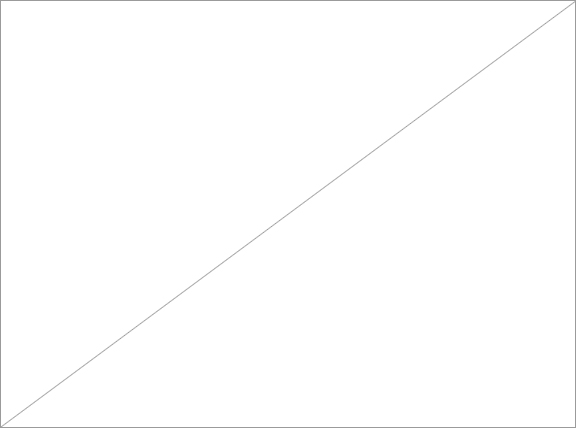exhibitions

STARLIE GEIKIE: O MOTHER
–
Front Gallery
Catalogue text by Johannah Fahey
Ill sunlight cast out your morbid rays and illuminate my desperate circumstance: I am a victim in swift flight from vicious pursuit. From whence I came I do not know. On heavy limbs I travel, weighed down by an inheritance from the elements: the weeping, sordid remains of standing water, an abyss that has defined me, a gaping wound that remains exposed to the wilderness. Around, across, upon it, beneath it. I am soiled and inconsolable, I am trapped by an inescapable fate that leaves my breathless heart and tormented veins coursing with utter terror. I turn to behold that which keeps me captive, almost strangled by the wet, tangled strands of my hair-- it is close now, an unknown, ominous threat that is all the more frightening in its absence. I wrestle with my creeping anxiety, it feeds my despair, and then grows into a foreboding, forceful presence. I am horrified to the limit of my strength, and yet, my body is defiant in defeat: my muscles strain against my flesh, my flesh against my will. There is a sense of such disturbing fascination that is both intimate and intense; my eyes open wide to reveal an inner vision that is inscribed upon my cadaverous face, half captivated in agony, and half frenzied in ecstasy--beyond this chasm of despair is a place that promises painful liberation.
". . . appearance does not hide the essence; it reveals it; it is the essence." Heidegger
It is the audience that has fallen victim to the artist's falsehood, as we remain enraptured by an identity contrived through performance. Geikie draws on the themes of the Gothic and Horror genres as a vehicle for the creation of personal fictions. The "vain" text that dominates the gallery space confirms her self-consciousness; whilst in her self-parody she is revealed. This affirmation of self contrasts with the mass of chainsaws, another motif taken from the Horror genre, that lie on the gallery floor: a discarded pile that signals the "pathetic and ineffectual" nature of the phallus, and comments on the destructive, ultimately futile, impulses of patriarchal society. Her journey, the passage from the elemental to the emotional, serves to both create and undermine the myths surrounding female pathology, and female subjectivity. We bear witness to her rampant paranoia and it is through this sense of rising melodrama that the everyday is overcome. The vertiginous camera shots both contain and dissect her body, and this fearful sense of enclosure and escape signals both the formation and fragmentation of self. Geikie is not concerned with absolutes and essences, rather she understands that the self is a transformative category that will flee restriction whilst embracing desire. Borrowing from the Romantic literary tradition, that resonates in the cursive "rebellious" that is inscribed upon the gallery wall, Geikie frames her heroine's brutal physicality against a hostile environment; thus she problematises the relation that has been constructed between the solitary "woman" and the "landscape", whilst at the same time exemplifying the continuous conflict between interior and exterior states of existence-- O mother is the echoing cry of transgression.
JOHANNAH FAHEY